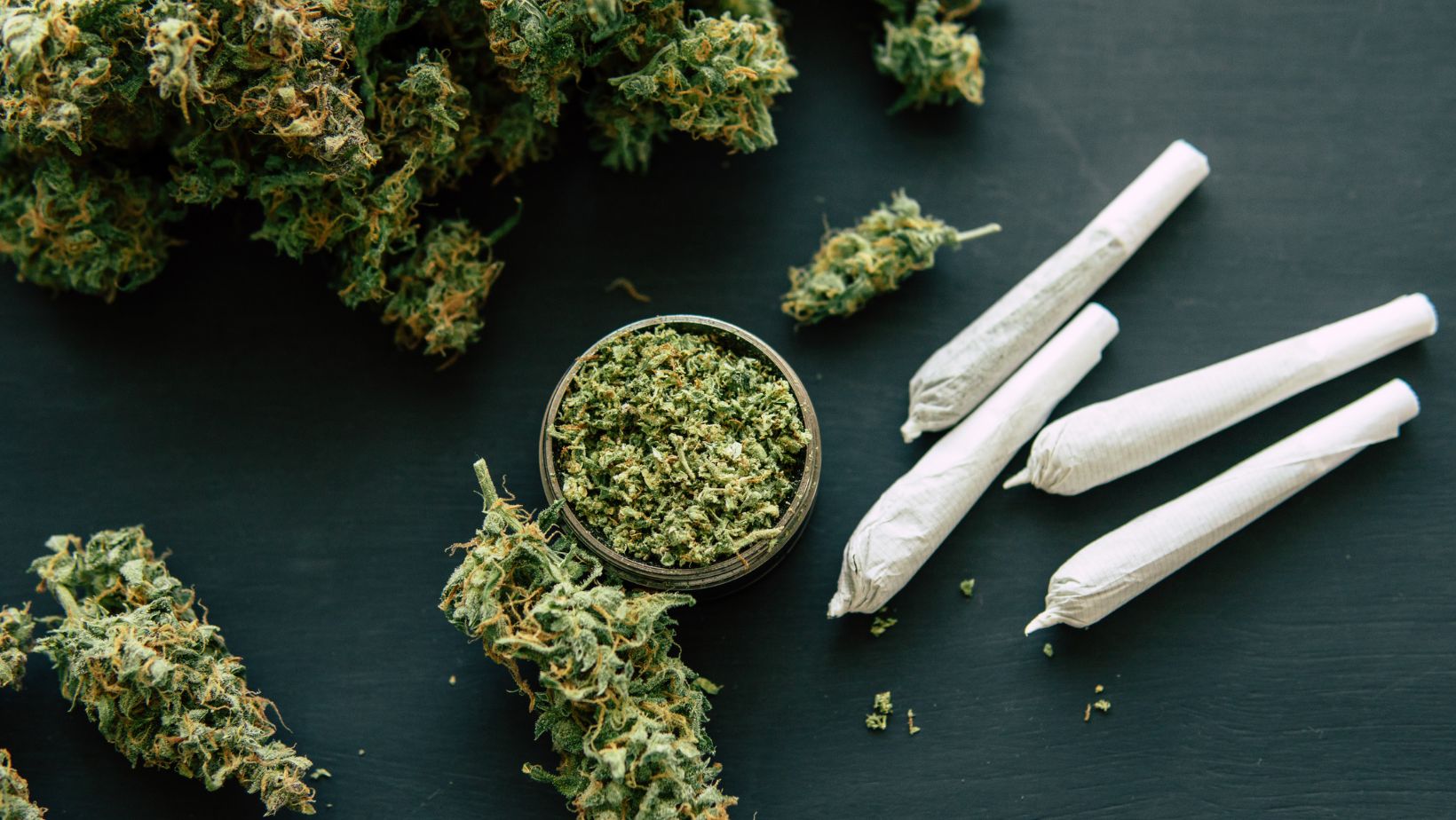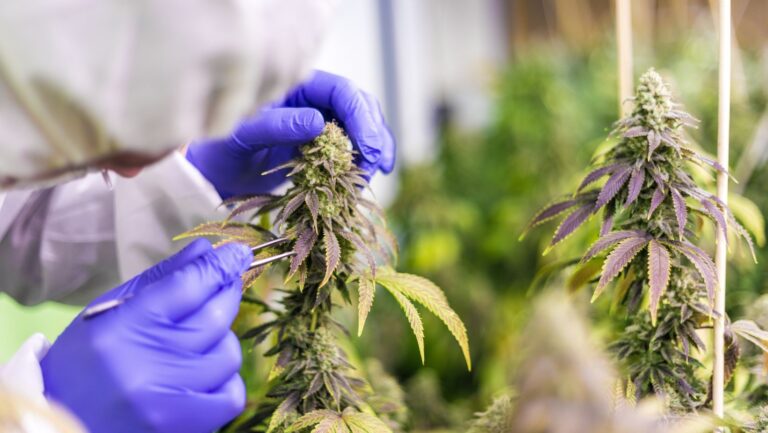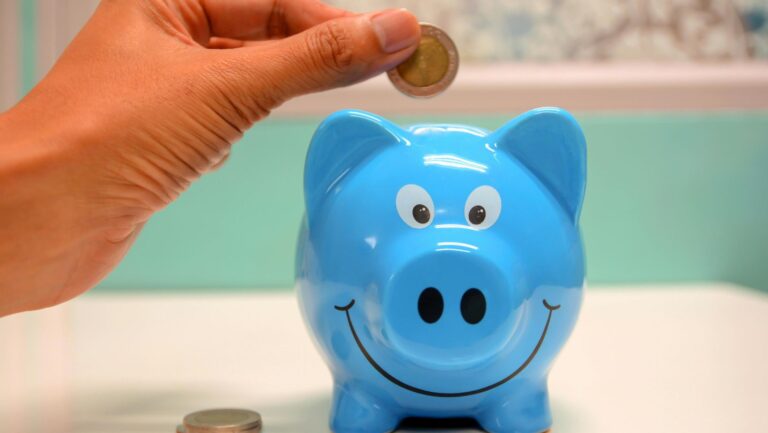If you take a closer look at history, the Government exerted efforts for decades to prevent the usage of cannabis in the country. Now, you can purchase it from an online dispensary Canada and grow, possess, and consume it.
Beyond its use for adult recreational and medical purposes, cannabis can treat certain conditions in children. The Canadian Pediatric Society supports the use of medical marijuana for treating epilepsy and autism, among others.
Key Takeaways:
- Clinicians should be ready to discuss the potential benefits and risks of weed with families.
- Cannabinoids reduce seizure frequency by 36% to 49% and improve quality of life.
- Cannabidiol effectively reduced severe behavioural issues in kids with intellectual disabilities and was well tolerated.
Historical Overview of Medical Cannabis
Medical marijuana, or cannabis, comes from the Cannabis sativa L plant to relieve symptoms from various medical conditions. People have used this plant for medicinal purposes for centuries, even before it reached the Western world.
In 2000, Canada became one of the first countries to grant access for medicinal purposes. Under the new regulations, patients could obtain a prescription from their doctor and then purchase products from licensed producers through Health Canada’s Marijuana for Medical Purposes Regulations.
Canada approves medical cannabis for two main categories of conditions.
- Category 1 includes compassionate end-of-life care, pain, and epilepsy.
- Category 2 covers debilitating symptoms associated with other conditions.
Two decades later, over 350,000 patients now access weed for medical use through this regulated system. Pediatric patients can also use this plant to treat their existing conditions.
Canadian Pediatric Society and Recommendations on Cannabis Use
The Canadian Pediatric Society (CPS) is a national group of pediatricians focused on enhancing children’s health through quality healthcare, advocacy, education, research, and support. The organization includes pediatric subspecialists, residents, and others who work with and care for kids and youth.
Recently, the organization’s Drug Therapy Committee reviewed over 100 sources to evaluate the use of weed in treating various conditions, such as neurological disorders, cancer, and palliative care.
CPS States, “pediatricians should be prepared to engage in open, ongoing discussions with families about its potential benefits and risks, and develop individualized plans that monitor efficacy, reduce harms, and mitigate drug–drug interactions.”
Recommendations
In April 2024, the organization published a study in the Pediatrics & Child Health Journal examining the evidence and recommendations for using the plant for treatment.
They recommended the following guidelines when using the plant:
- Clinicians must prepare and be able to converse with families regarding the possible advantages and disadvantages, especially when the families ask for it. Counselling includes:
- Be evidence-based and unbiased,
- Help parents be informed, share decisions about their child’s care,
- Alert parents to the risks and implications
- Based on the available data, therapeutic concerns should center on the child’s unique condition, prognosis, and possible benefits and dangers.
- As the body of research supporting medicative cannabis continues to expand, doctors must look for the most recent data regarding any possible safety concerns, such as medicine interactions.
- Given its widespread use, there must be unbiased education for clinicians about how cannabinoids work, as well as their potential risks and benefits for youth.
What Do Experts Say?
Experts decided to include marijuana as a treatment option after reviewing multiple placebo-controlled trials. These studies supported its use for various conditions, including epilepsy, and examined factors such as dosing, interactions, and potential effects.
Epilepsy
Clinical trials exploring the use of purified CBD in children with drug-resistant epilepsy (DRE) have consistently shown efficacy. This cannabinoid led to a mean reduction in seizure frequency, from 36% to 49%, and improved quality of life. Data from open-label expanded access programs indicate sustained tolerability and long-term benefits with doses up to 25 mg/kg daily.
CBD-enriched extracts, which contain small amounts of THC and other cannabinoids, may require lower doses to achieve similar or improved safety and efficacy outcomes. CBD-enriched extracts with 50:1 and 20:1 ratios have reported seizure reductions. One small observational study showed the benefits of a 25:1 extract in children with treatment-resistant West syndrome.
Autism
Observational reports suggest that marijuana may improve behavioural problems, anxiety, and communication, though mild adverse effects. Cannabidiol can reduce self-injury, rage attacks, and hyperactivity, as well as improvements in sleep.
In a randomized trial conducted in Israel, researchers used a 20:1 CBD-enriched extract and a purified cannabinoid combination. The study found that both treatments were tolerable and improved disruptive behaviours and core autism symptoms.
Neurological Conditions
A small open-label study in Israel found that CBD-enriched extracts (with ratios of 6:1 and 20:1) improved spasticity and dystonia in children.

Cancer
An observational study of 21 Canadian children receiving palliative care found symptom improvement after marijuana use for pain or nausea. In Italy, a study of six children receiving palliative care with marijuana oils reported reduced pain and seizure frequency with mild and transient side effects.
Recommended Dosage
The first rule before exposing your child to marijuana is that consultation from experts is a must. While these products are safe, they may contain ingredients that trigger interaction with your child’s medications. Doctors may recommend different courses of treatment according to your child’s condition.
The most common route of consumption for pediatric patients is oral. The rate and extent of oral absorption depend on the cannabinoid’s physicochemical properties, formulation, and the physiological processes involved in absorption. After oral ingestion, the maximum concentration (Tmax) ranges from 1 to 6 hours.
| Product Type | Dosage | Frequency |
| Oil | 0.5 milligrams per pound | 3x daily |
| Gummies | [1.5 x weight in kg] + 10 = percentage of adult dose
Use the percentage to determine how much your child can use in an adult gummy. For example, for a child weighing 30 kg, use the following formula: 1.5 × [30 kg] + 10 = 55% 55% of 20 mg equals 11 mg, which is the equivalent dose for a 30 kg child. |
3x daily |
Types of Products You Can Use
Not all adult weed products suit children. The most common forms that may be appropriate are oils, gummies, topicals, and suppositories. Capsules, however, are generally not recommended for kids, especially those under 8.
Oil Drops
The most common way to ingest the non-psychoactive cannabinoid is by placing it under the tongue. Applying it under your child’s tongue allows the components to enter the bloodstream immediately.
Another option is to mix the oil with a beverage, such as tea or milk, as these liquids blend well with the oil. You can also try adding the oil to a chocolate chip; the sweetness of the chocolate can mask the oil’s flavour.
Every standard CBD Oil bottle contains 1000mg, and a full dropper contains 30mg, which makes a half-full dropper 15mg.
Gummies
Gummies are a convenient way to administer cannabidiol. They taste like candy, and you can easily divide them into smaller doses. Cut gummies into 5 mg doses for younger children and 10 mg for kids over 10.
Store the gummies in a secure location outside your child’s reach to prevent unsupervised consumption.
Topicals
Topicals are ideal for skin-related issues. Since these products don’t require precise dosing, they are a safe option for using cannabidiol. Testing any new skin product on a small area is still a good idea to check for allergic reactions before applying it to larger areas.
Cannabidiol Selections You Might Use for Your Kid
The most common types are oral products and edibles, which come in various formulations. For your child’s safety, choose products with a higher cannabidiol to tetrahydrocannabinol ratio.
| Product | Content/Piece | Total Dosage |
| OneStop – Açaí Berry | 50mg | 500mg |
| Potluck Extracts – Pear Gummies | 20mg | 200mg |
| Doobie Snacks – Cherry Gummies | 50mg | 500mg |
| Doobie Snacks – Rainbow Ropes | 25mg | 150mg |
Cannabidiol: A Promising Cannabinoid for Treating Pediatric Conditions
The Canadian Pediatric Society acknowledges the potential of weed in managing conditions such as epilepsy, pain, and autism.

With the help of well-studied clinical trials, patients resistant to conventional treatment can find hope with this new option. While they allow doctors to prescribe it, they recommend thorough discussions with parents about the benefits and risks. GrassLife offers a range of CBD-containing products for those interested.
Frequently Asked Questions
What qualities should I look for in a cannabis product for my child?
Seek products with precise dosage recommendations, no hazardous substances, and third-party testing for purity and potency. Products must also come from reliable manufacturers and be suitable for use by kids.
Is THC good for kids?
A child who consumes THC may experience severe hypotension and other cardiovascular side effects. THC side effects include euphoria, lowered consciousness, nausea, lightheadedness, fatigue, and forgetfulness. Making it not suitable for kids.
Do I need a prescription when buying cannabidiol for my child?
Most dispensaries do not look for prescriptions anymore. It’s, however, a good idea to consult your child’s pediatrician before using weed. They can recommend the appropriate product and dosage for your child.




